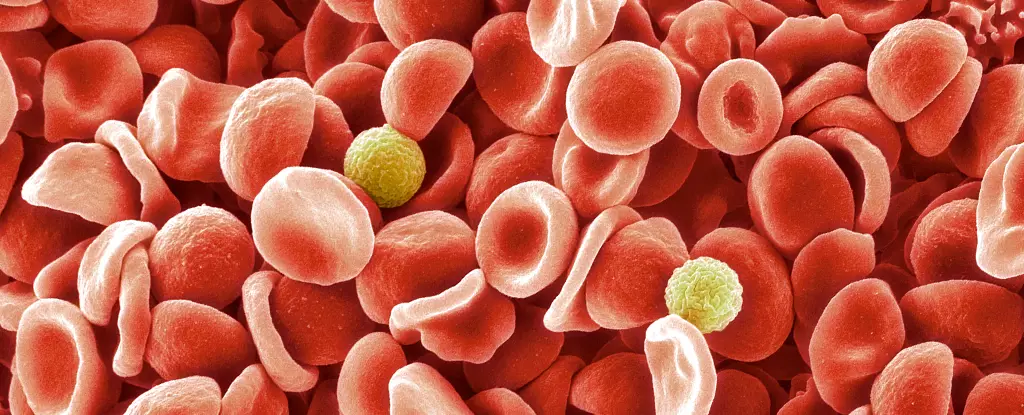In 1972, a routine blood sampling from a pregnant woman uncovered an extraordinary anomaly that has taken half a century to fully elucidate. The absence of a specific surface molecule, the AnWj antigen, from her red blood cells puzzled medical professionals at the time. This absence was not just a trivial curiosity; it pointed to a previously unknown blood group which researchers from the United Kingdom and Israel have now labeled the MAL blood group system. This pivotal discovery, published in September, bridges decades of patient care and scientific inquiry, showcasing a monumental effort within the medical research community.
Dr. Louise Tilley, a hematologist with the UK National Health Service, who has dedicated nearly 20 years to the investigation of this peculiar blood anomaly, heralded the identification of the MAL blood group as not just a scientific milestone, but also a significant advancement in offering tailored care to patients with rare blood types. The narrative surrounding blood groups is often centered on the familiar ABO and RhD systems, yet the vast complexity of human blood encompasses innumerable group systems defined by variations in cell-surface proteins.
Antigens function as identifying markers that enable the immune system to differentiate between the body’s own cells and foreign entities. When these markers do not align during a blood transfusion, the repercussions can be grave, potentially leading to fatal complications. Until this recent revelation, much of the focus in blood typing was directed towards the more widely recognized blood groups, with many subsequent findings affecting only a select few individuals.
In exploring the MAL blood group and the absence of the AnWj antigen, Tilley noted that the genetic variations responsible for this anomaly are exceedingly rare, with studies indicating over 99.9% of the population possessing the antigen in question. It was the unusual constellation of genetic mutations and the unique profile of the AnWj-negative blood type that captured the attention of these researchers, who have unveiled the complicated interplay between genetics and hematological phenomena.
The research team determined that the absence of the AnWj antigen in certain patients could stem from either mutations in both copies of the MAL genes or suppression stemming from other underlying blood disorders. Through rigorous experimentation, the team validated their hypothesis by introducing a normal MAL gene into AnWj-negative blood cells, successfully restoring the presence of the antigen. This offered a significant breakthrough, providing tangible evidence that the MAL blood group is indeed a legitimate classification within the broader scope of human blood types.
Dr. Tim Satchwell, a cell biologist at the University of the West of England, pointed out that the MAL protein plays a crucial role in maintaining the stability of cell membranes and facilitating cellular transport. Interestingly, the presence of the AnWj antigen is not established in newborns but appears shortly after birth, which may indicate developmental insights into human hematology that are yet to be fully understood.
The identification of the MAL blood group opens avenues for improved diagnostic testing, enabling healthcare professionals to differentiate between inherited and suppressed blood types. This enhancement in testing may indicate underlying health conditions that require additional monitoring or treatment. Given the potentially life-threatening consequences of rare blood types, gaining an understanding of these anomalies is instrumental in advancing patient care.
The road to recognizing the MAL blood group exemplifies the challenges researchers face when exploring the lesser-known facets of blood typing. As this area of study evolves, the medical community stands poised to make significant strides in understanding various blood disorders, ultimately saving lives through enhanced care protocols and informed transfusion practices.
As researchers continue to unravel the complexities of blood biology, such insights reinforce the notion that even the rarest conditions can significantly influence our understanding of human health. The MAL blood group discovery underlines the necessity of persistence in scientific inquiry and dedication to improving the lives of patients affected by these unique blood characteristics.

Leave a Reply